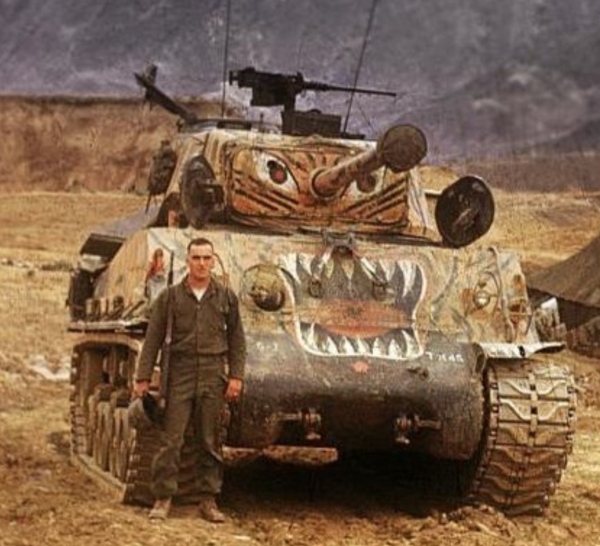

The development and design of new tanks were low on the list of priorities for the British and the Americans until they saw the success of the German model. Early tanks for the Allies had limited transverse movement for the turret, because their primary purpose was to serve as a gun platform for the infantry units coming behind them. Tanks could be used to open a hole in enemy lines, but the brunt of the fighting must be done by infantry units. The British and American militaries adopted a tank strategy that envisioned armored vehicles as infantry support units. It was during the period between world wars that tank strategies began to develop. Development of Tank Strategiesįirst seen on the battlefield in large numbers during World War I, tanks were used as a ram to break through enemy trenches or to provide a safe firing position for infantry support troops. Standing above the other changes, the reliance on armored warfare revolutionized the way nations prepared for and fought wars. Nuclear weapons became a reality and redefined the strategic toolbox available to military and political leaders. Planes elevated air superiority to a necessity for armies on the ground. Technology introduced new weapons to the battlefield, and old strategies were replaced to reflect the new situation.

World War II brought fundamental changes to the ways in which nations conduct wars.


 0 kommentar(er)
0 kommentar(er)
